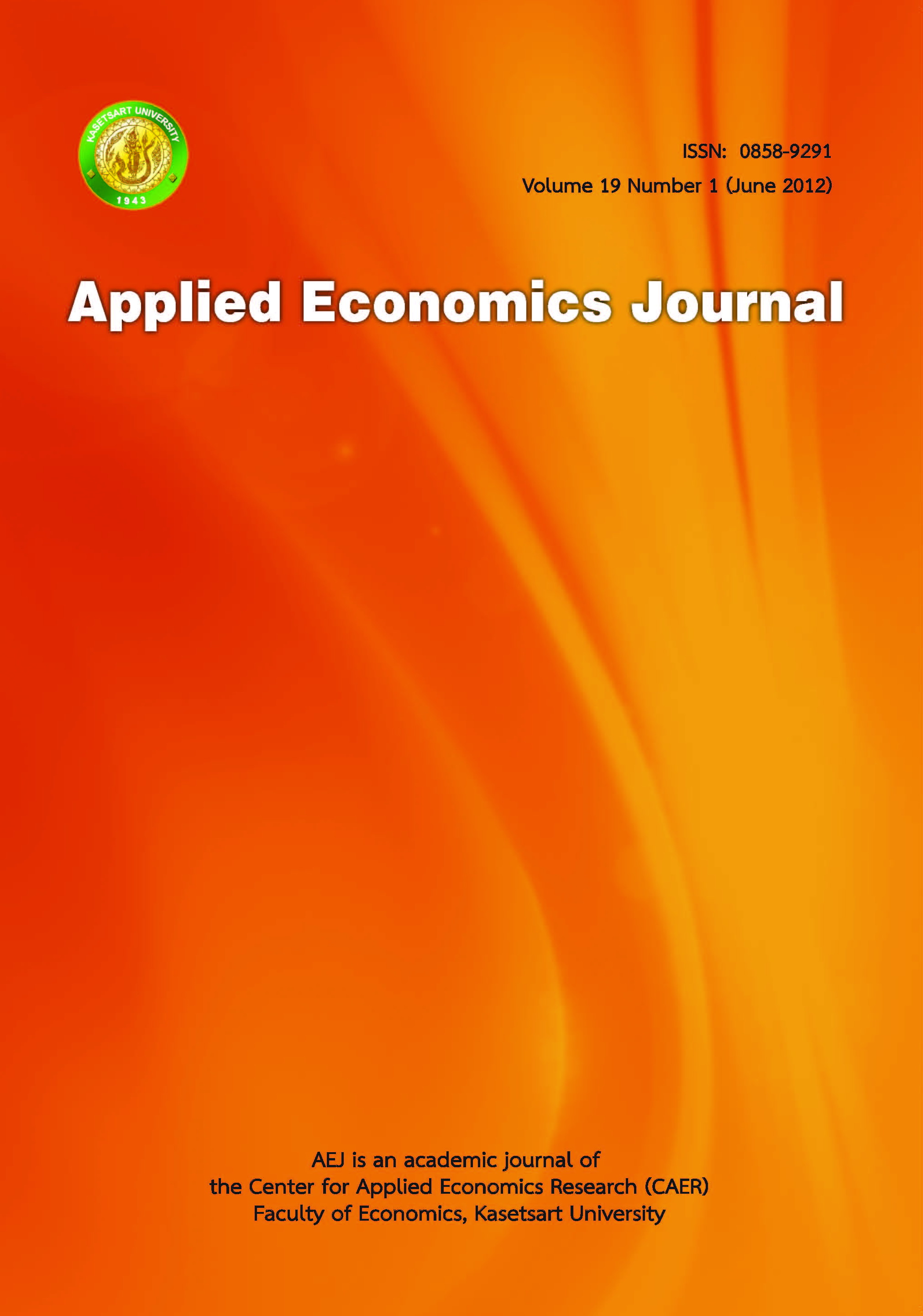Effect of Securitization on the Bank’s Equity Risk in the U.S.
Main Article Content
Abstract
This paper examines the relationship between the effect of securitization and the equity risk for bank holding companies in the United States from Q2:2001 to Q4:2008. Securitization markets in the U.S. expanded significantly in the early 2000s but have declined since 2007. This paper investigates four types of loans, namely, mortgage, consumer, commercial, and “other” loans (loans secured by real estate other than mortgage loans). When all types of loans are considered as a group, the effect of securitization (the net effect of increasing off-balance sheet loans and reducing on-balance sheet loans) is insignificant in relation to the banks’ equity risk. As a result, the banks use securitization as a financing source tofund new loans rather than as a risk reduction tool. The analysis of each type of loan indicates that the effect of the securitization of mortgage, consumer, and commercial loans is not significantly related to the banks’ equity risk; however, the effect of the securitizationof “other” loans is statistically significant in raising the banks’ equity risk. The result shows that the banks still retain risk from securitization and that they use securitization as a financing source. Furthermore, during the subprime crisis, banks that securitized mortgage loans were exposed to risk from retained “credit-enhancing interest-only strips” rather than from the effect of securitization itself.
Keywords : equity risk, loans, securitization, off-balance sheet
JEL Classification : C12, C23, G01, G21
Article Details
The paper is published under CC BY-NC-ND, in which the article is freely downloaded and shared in its original form non-commercially and its citation details are identified.


